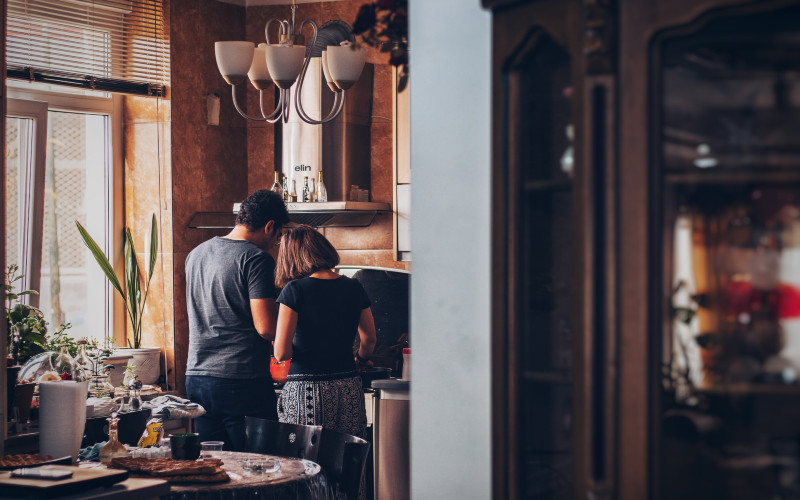
Homeownership remained at a stable level over the year to the first few months of the COVID-19 pandemic.
The Australian Bureau of Statistics (ABS)’s latest Housing Occupancy and Costs report showed that over the 2019-20 financial year, 66% of Australian households owned their home. This share included both mortgage holders and those who already paid off their home loans.
The homeownership rate during the period was consistent to the previous rate recorded during the 2017-18 financial year.
On average, the weekly housing costs during the 2019-20 financial year was $493 for mortgage holders and $54 for owners without mortgages. These housing costs include water and general rate payments and mortgages.
Overall, housing costs for homeowners were actually down from the 2017-18 financial year.
Long-term comparison
While homeownership and housing costs appear stable compared to the previous financial year on record, long-term comparisons tell a different story.
Between the 1999–00 and 2019–20 financial years, homeowners decreased from 71% to 66%. This could be due to the decline in the number of owners without a mortgage, which went down from 39% to 30%.
Interestingly, the share of Australian households with mortgage increased over the past 20 years from 32% to 37%.
In terms of costs, there was a huge jump for both non-mortgage holders and mortgage holders.
According to ABS, homeowners without mortgage recorded a 50% increase in housing costs in the past two decades while mortgage holders saw costs rising by 40%. These calculated already accounted the inflation over the period.
Multiple ownership
According to the ABS report, one in five Australian households owned a residential property aside from their residence. These properties include investment property and holiday homes.
Of the 2.02 million households who own other properties, more than half (68%) only had one other property. Meanwhile, roughly 4% owned four or more properties.
Most of these multiple homeowners reside in New South Wales and Victoria.
Has affordability deteriorated?
Looking at the general state of housing affordability, it appears that the share of housing costs to gross household income has declined in recent financial years.
The ABS data showed that during the 2019-20 financial year, the housing affordability ratio (ratio of housing costs to gross household income) was at 15.5% for homeowners without mortgage. This was slightly down from 15.9% in 2017-18, 16.4% in 2015-16, and the recent peak of 18.3 in 2013-14.
It is crucial to note, however, that this is the general overview of housing affordability.
When lower income households are considered, the share of income needed for housing cost was actually 27% during the 2019-20 financial year.
—
Photo by @soroushkarimi on Unsplash.
Collections: Mortgage News



Share